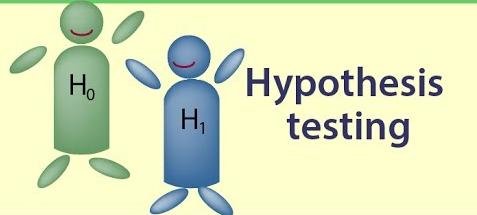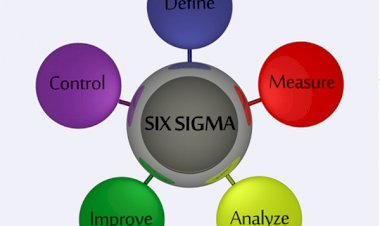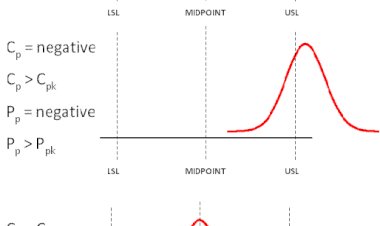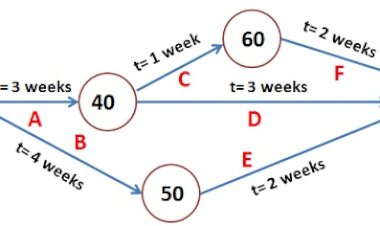Median based Hypothesis Testing
Median based Hypothesis Testing

Median based Hypothesis Testing
Apart from Mean, another way to present data in a statistical way is Median. It represents the 50th percentile of the available numeric data. Median helps in presenting a good idea of the central tendency as it exactly presents the middle value of the data range.
While mean can be influenced by the presence of outliers, this is not the case with median due to its exactness. It is this factor which separates median from others and hence, median is considered to be the best way to be used whenever the data is not normal. Practically, most of the data used in improvement projects is not normal.
Median based hypothesis testing for sample data is done to statistically validate either of the following scenarios:
• To know the Confidence Interval in which the population median is expected to lie
• If the median value of the sample data is equal to the standard or target
• If the median value of two or more population is equal or not.
Based on these, it is statistically validated if the null hypothesis is true or the alternate hypothesis is true.
Types of Median Based tests
1. 1 sample sign: It is used to verify if the process is having any centering related problems. It is a Median based test where Y is continuous and X is Discreet. It is also used to calculate the baseline of Y and comparing the median to a target or standard value.
Minitab Navigation -> Stat – Nonparametrics – 1-sample t
2. 1 sample wilcoxon: It is used to calculate the median of a population or make comparison with a standard or a target value. It is also useful for base lining of the process as it gives a Confidence Interval of Median with an upper & lower value, which means that Median of Population will also lie within this range, with 95% probability. As the Median value of the data range is not known, it takes an ‘Estimated Median Value’ and publishes the Confidence Interval with 95% probability.
Minitab navigation -> Stat –Nonparametrics – 1 sample wilcoxon
3. Mann Whitney: It is a Median based test where Y is continuous and X is Discreet. But here the similarity ends. Mann Whitney test is used to make a comparison of Median of 2 data sub-groups or populations. The 2 data sub-groups or populations must be independent. The resultant output shows if the median of both populations and sub-groups is different or not.
Minitab navigation -> Stat –Nonparametrics – Mann Whitney
4. Moods Median: It is a Median based test where Y is continuous and X is Discreet. Moods Median test is used to make a comparison of Median of 2 or more data sub-groups or populations. The data sub-groups or populations must be independent. The resultant output shows if the median of the given populations and sub-groups is different or not.
Minitab navigation -> Stat –Nonparametrics – Moods Median
5. Kruskal Wallis: Like the Moods Median test, it is a Median based test where Y is continuous and X is Discreet. Moods Median test is used to make a comparison of Median of 2 or more data sub-groups or populations. The data sub-groups or populations must be independent. The resultant output shows if the median of the given populations and sub-groups is different or not. But Moods Median test is generally given preference over Kruskal-Wallis test as Mood’s Median test is moiré robust against outliers.
Minitab navigation -> Stat –Nonparametrics – Kruskal-Wallis

 Pankaj Kumar
Pankaj Kumar 





























Comments (0)
Facebook Comments